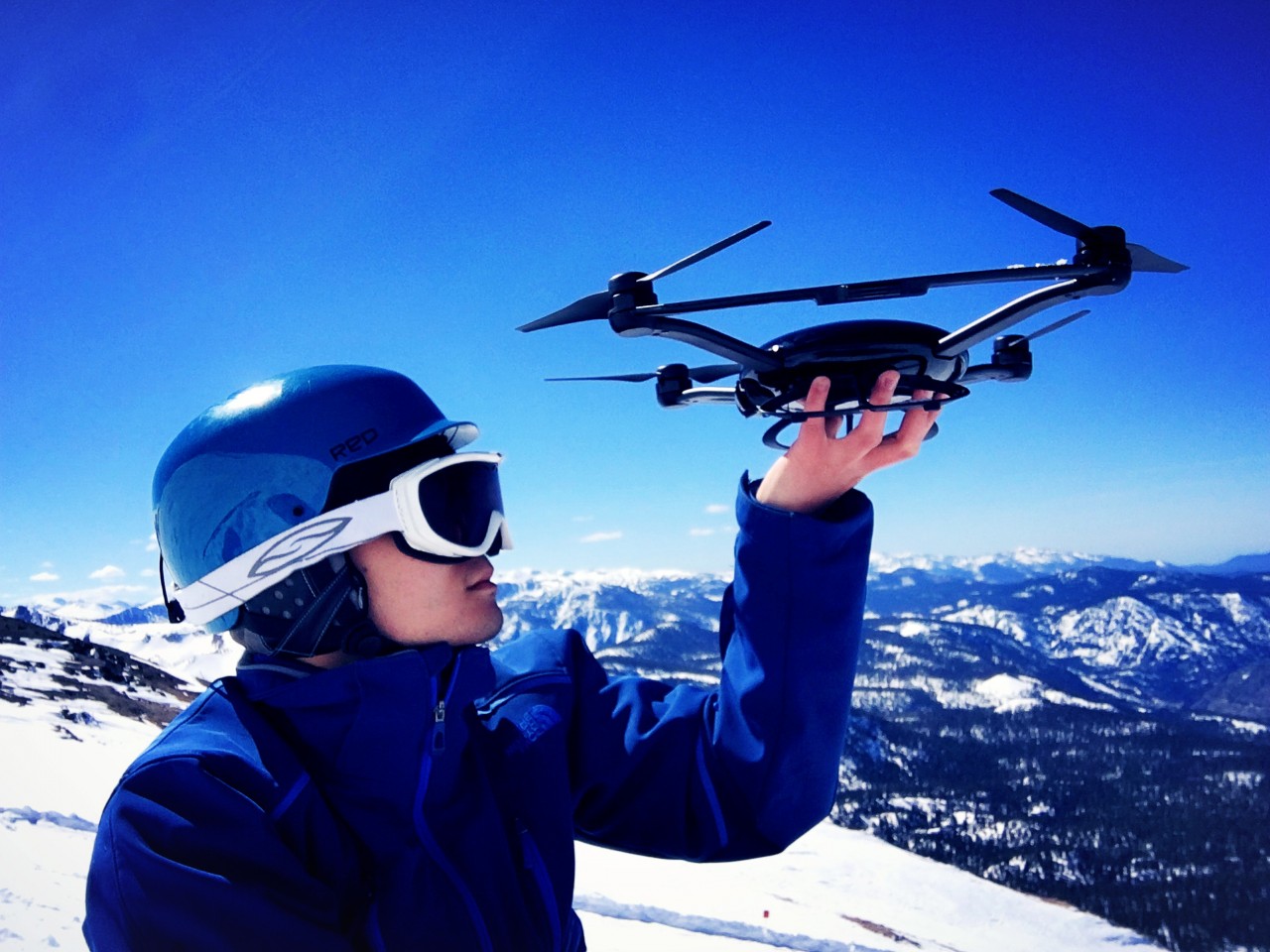Earlier this year popular Chinese drone-maker DJI unveiled the Phantom 4, an awesome new model that can follow you around to shoot video automatically. There’s just one problem. The company’s latest drone costs a whopping $1,399.
Now another Chinese company is promising a similar experience for a significantly lower price. The Orbit drone is on Kickstarter now for a little less than $500.
There are some key differences between how the Phantom 4 and Orbit work. DJI’s model uses four built-in cameras to create a 3D image it can track. Using a special app you can actually tap on anyone in the drone’s field of view to follow them automatically.
This Kickstarter drone is a little less impressive. It relies on a physical tracker you have to wear at all times. That means switching the focus between different people isn’t as seamless since you have to physically hand them the tracker. The small wearable component is also water-resistant. You can use it in the rain, but the company doesn’t recommend taking it underwater.
As for the actual drone, it looks pretty sweet. It comes with four propellers (six if you pay extra) and a 5100mAh swappable battery that can keep Orbit in the air for 22 minutes. It’s capable of flying as fast as 10 meters per second and features a camera capable of shooting 1080p video. Orbit can’t record audio, but you can add that in later using the company’s special app.
Orbit’s app is designed to make it as easy as possible to edit footage shot with the drone and quickly share it online. It includes built-in editing tools so you can trim your video, add filters and more. Then share to popular social networks with a few taps. The company also plans to add live streaming down the line.
If you’re interested you can order an Orbit for as little as $469 (plus $20 for shipping). That’s a huge discount from the planned market price of $899, but even that is a lot cheaper than DJI’s model.
Delays are always possible on Kickstarter, but the company is confident it can deliver its drone as promised. 250 Orbit units have already been produced during a trial run and once a few final adjustments are made it should be ready to go.














